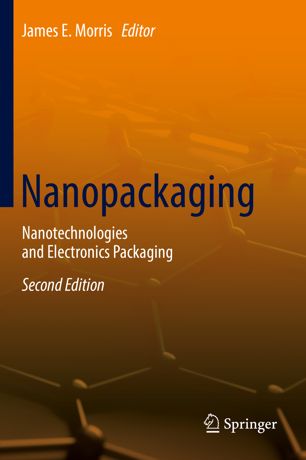

Most ebook files are in PDF format, so you can easily read them using various software such as Foxit Reader or directly on the Google Chrome browser.
Some ebook files are released by publishers in other formats such as .awz, .mobi, .epub, .fb2, etc. You may need to install specific software to read these formats on mobile/PC, such as Calibre.
Please read the tutorial at this link: https://ebookbell.com/faq
We offer FREE conversion to the popular formats you request; however, this may take some time. Therefore, right after payment, please email us, and we will try to provide the service as quickly as possible.
For some exceptional file formats or broken links (if any), please refrain from opening any disputes. Instead, email us first, and we will try to assist within a maximum of 6 hours.
EbookBell Team

5.0
20 reviewsThis book presents a comprehensive overview of nanoscale electronics and systems packaging, and covers nanoscale structures, nanoelectronics packaging, applications of nanoparticles, graphene, carbon nanotubes and nanowires in packaging, and offers a roadmap for future trends. Composite materials are studied for high-k dielectrics, resistors and inductors, electrically conductive adhesives, conductive “inks,” underfill fillers, and solder enhancement.
Now in a widely extended second edition, Nanopackaging is an important reference for industrial and academic researchers, as well as practicing engineers seeking information about latest techniques. Twelve new chapters address carbon nanotubes and nanowires, fabrication and properties of graphene, graphene for thermal cooling of microelectronics and for electrical interconnections, packaging of post-CMOS nanoelectronics, environmental and health effects of nanopackaging technologies, and more. This book is an ideal reference for researchers, practicing engineers, and graduate students who are either entering the field for the first time, or are already conducting research and want to expand their knowledge in the field of nanopackaging.